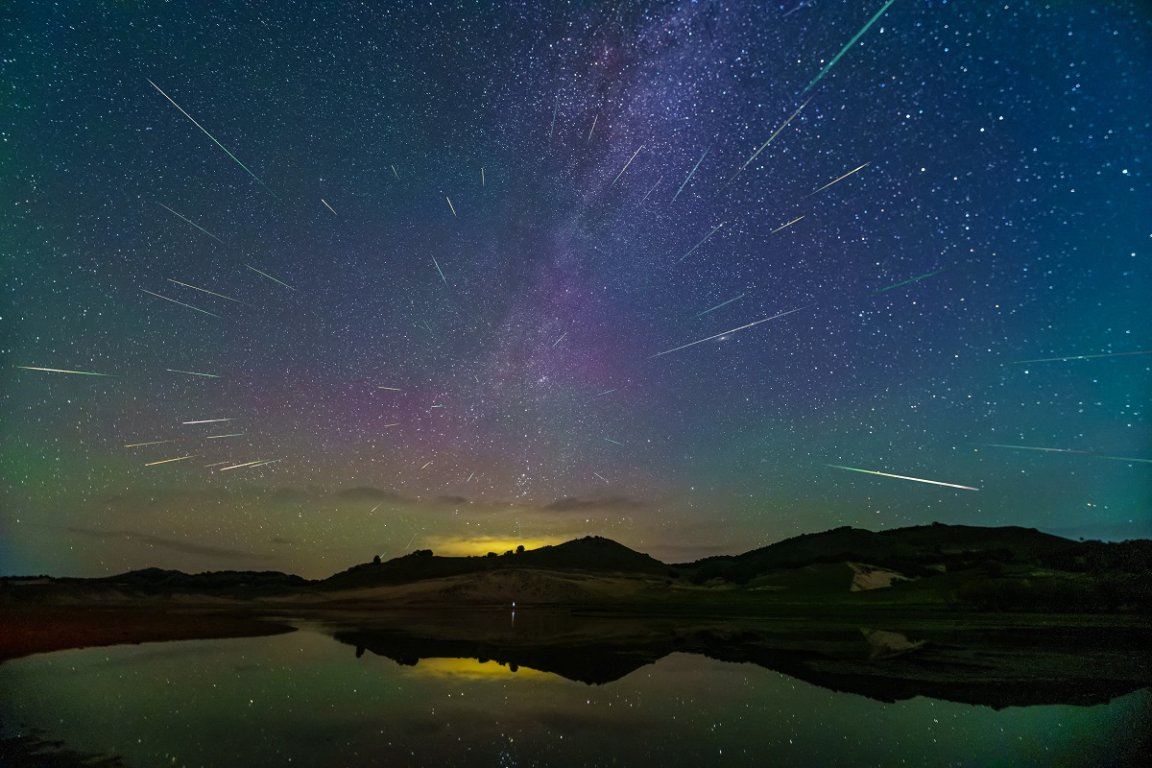
Volcano Views
The Perseids — an annual meteor shower that’s widely considered to be the most spectacular of them all — are in full swing. But if you haven’t been able to catch the sight for yourself yet, don’t worry: an incredible free live stream will let you watch the spectacular star show in real time.
The livestream, a collaboration between the National Astronomical Observatory of Japan (NAOJ) and the Japanese newspaper Asahi Shimbun, is being broadcasted from the Subaru Telescope at the Mauna Kea volcano in Hawaii. The 8.2-meter optical-infrared telescope sits at the mountain’s summit, allowing for a crystal clear view of the heavens.
Meteor showers aren’t always easy to catch. Sometimes, unfortunately, it’s too cloudy for some folks to see the nighttime spectacle, and light and environmental pollution can get in the way as well. And some of us, of course — speaking for a friend — don’t wake up to their alarms, or sometimes forget to set their alarms in the first place. While seeing the show in person is always the best option, it’s always nice to have a backup.

Better Late Than Never
Named after the constellation Perseus, the Perseids are actually made up of bits of space debris from the Swift-Tuttle comet, a slow-moving cosmic body which, moving in a highly elliptical pattern, completes its orbit around the Sun once every 133 years. Amusingly, the annual shower actually has little to do with Perseus; it’s named for the celestial cluster only because its radiant — or the point in the sky where a meteor shower appears to originate — hovers nearby the winged-horse constellation.
There are a few reasons why the Perseids are so well-regarded, the first being that it’s classified as a “high rate” shower, with an average of 50 to 100 pieces of debris seen dropping through Earth’s atmosphere each hour. Something to behold!
We’d also be remiss not to mention that the Perseids are known for featuring its fair share of fireballs, which are defined by NASA as “exceptionally bright meteors that are spectacular enough to be seen over a very wide area.”
This has also been a particularly good year for Perseids viewing, as the Moon’s brightness has only been at about ten percent, according to Space.com. And though the shower has already peaked, it’ll technically run through September 1. We’d recommend you try to catch at least a hint of it before then, lest you have to wait until next year.
More on space: Scientists: Mars Is Spinning Faster, for, Uh, Some Reason